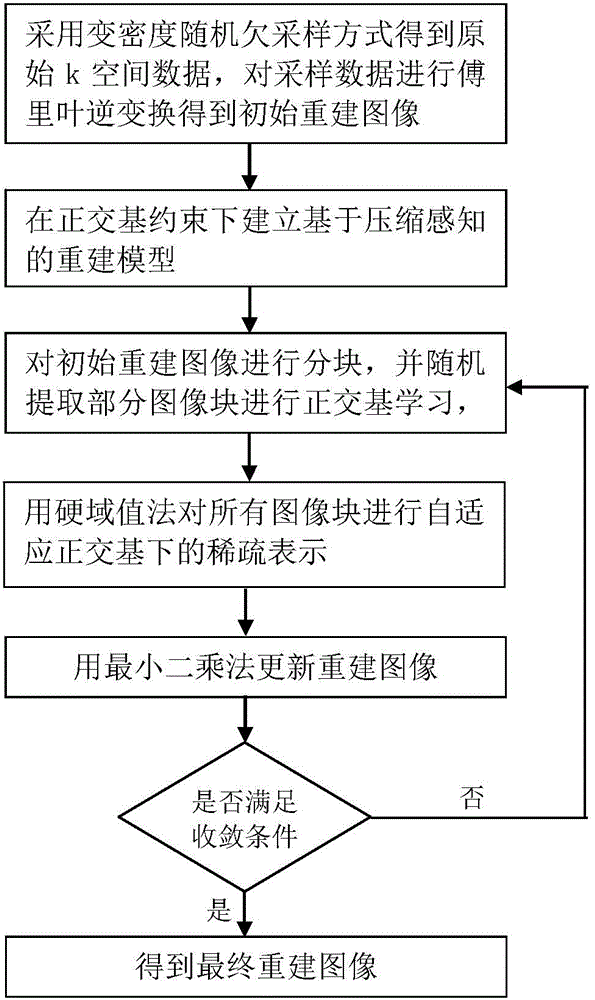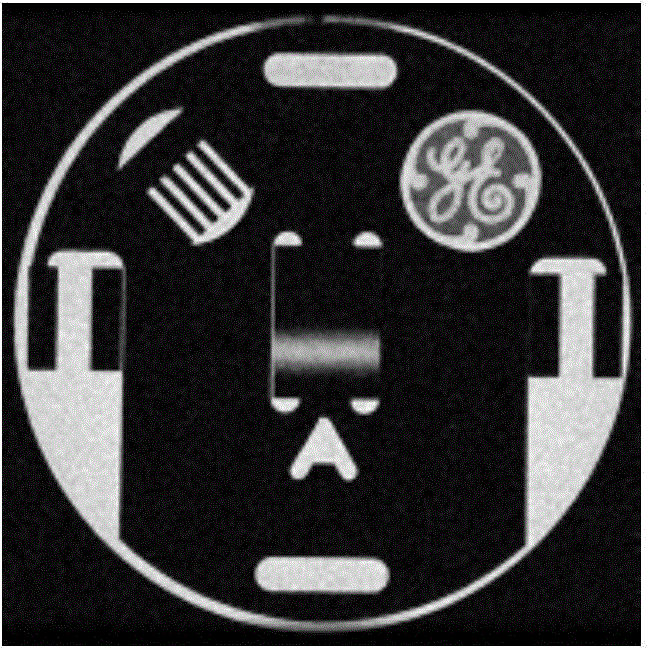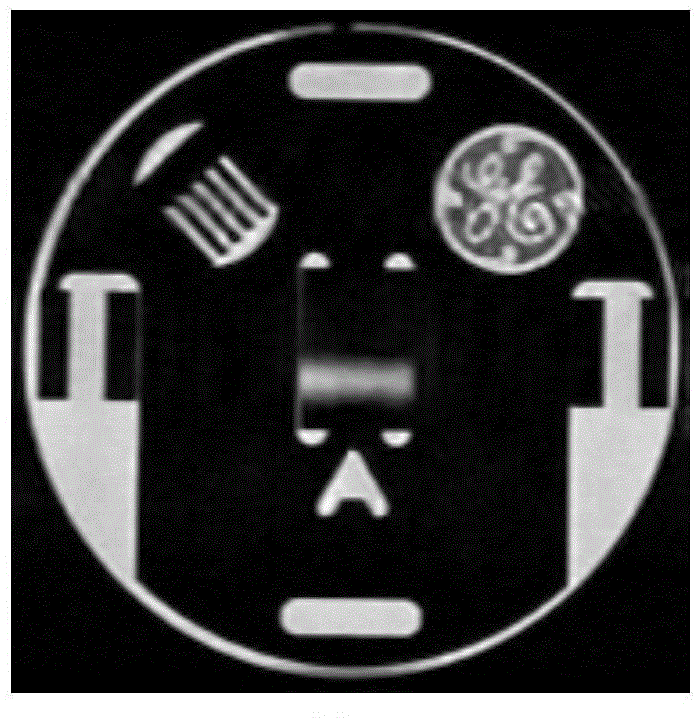Magnetic resonance image reconstruction method based on adaptive orthogonal basis
A technology of magnetic resonance imaging and orthonormal basis, which is used in image data processing, 2D image generation, instruments, etc.
- Summary
- Abstract
- Description
- Claims
- Application Information
AI Technical Summary
Problems solved by technology
Method used
Image
Examples
Embodiment 1
[0051] A MRI image reconstruction method based on an adaptive orthogonal basis, such as figure 1 shown, including the following steps:
[0052] (1) The original k-space data is obtained by random undersampling with variable density, and the inverse Fourier transform is performed on the sampled k-space data to obtain the initial reconstructed image;
[0053] (2) Establish a reconstruction model based on compressed sensing under the constraints of orthogonal bases;
[0054] (3) Blocking the initial reconstructed image, randomly extracting some image blocks to carry out orthogonal base learning, to obtain a group of adaptive orthogonal bases;
[0055] (4) carry out the sparse representation under the self-adaptive orthogonal base to all image blocks of step (3) subdividing with the hard domain value method;
[0056](5) update the reconstructed image with the least squares method to obtain the current reconstructed image;
[0057] (6) Judging whether the current reconstructed i...
Embodiment 2
[0079] In order to verify the effect of the present invention, in this embodiment figure 2 The image reconstruction is performed based on the phantom data shown.
[0080] Under different subsampling factors for phantom data, the magnetic resonance image reconstruction method based on the adaptive orthogonal basis of the present invention includes the following steps:
[0081] (1) Obtain fully sampled original k-space data through magnetic resonance scanning, and perform retrospective undersampling on the original k-space data according to different given undersampling factors to obtain undersampled k-space data y;
[0082] Then perform zero-padded Fourier reconstruction on the k-space data y to obtain the initial value of the reconstructed image x, and let the initial value of Γ be a zero matrix.
[0083] (2) Establish a compressed sensing reconstruction model based on orthogonality constraints, as follows:
[0084] Apply orthogonality constraints to the base, and establish...
Embodiment 3
[0106] In order to verify the effect of the present invention, in this embodiment Figure 7 Image reconstruction is performed based on the brain simulation data shown.
[0107] (1) Perform Fourier transform on an ideal magnetic resonance image to obtain simulated full-sampled k-space data, and retrospectively under-sample the k-space data according to different given under-sampling factors to obtain under-sampling Sampling k-space data y;
[0108] The zero-filled Fourier reconstruction is performed on the k-space data y to obtain the initial value of the reconstructed image x, and the initial value of Γ is a zero matrix.
[0109] (2) Establish a compressed sensing reconstruction model based on orthogonality constraints, as follows:
[0110] Apply orthogonality constraints to the base, and establish a reconstruction model based on compressed sensing:
[0111]
[0112] Among them, y represents the undersampled k-space data, x represents the image to be reconstructed, and F...
PUM
 Login to View More
Login to View More Abstract
Description
Claims
Application Information
 Login to View More
Login to View More - R&D
- Intellectual Property
- Life Sciences
- Materials
- Tech Scout
- Unparalleled Data Quality
- Higher Quality Content
- 60% Fewer Hallucinations
Browse by: Latest US Patents, China's latest patents, Technical Efficacy Thesaurus, Application Domain, Technology Topic, Popular Technical Reports.
© 2025 PatSnap. All rights reserved.Legal|Privacy policy|Modern Slavery Act Transparency Statement|Sitemap|About US| Contact US: help@patsnap.com



